
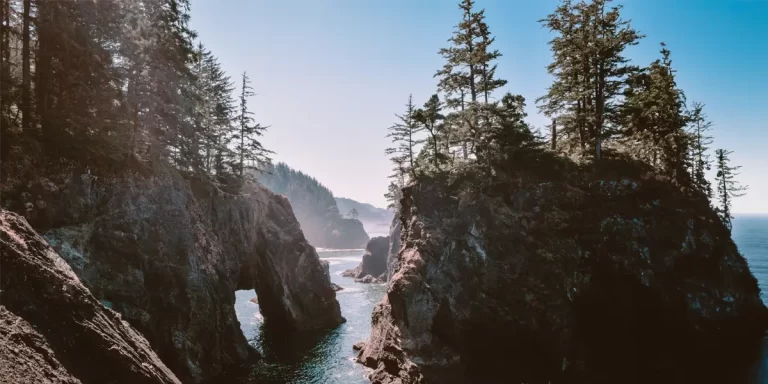
Backpacking in Oregon offers immense variety for outdoor enthusiasts, from the rugged Pacific coast to volcanic mountain peaks, including popular destinations like the Three Sisters Wilderness.
And that’s what this post is all about – backpacking in Oregon. We’ll provide tips to help you prepare for backpacking in this incredible state as well as showcase the best 5 multi-day trails in Oregon.
Interested? Let’s get started.
Discover the most stunning long trails in Oregon for amazing adventures:
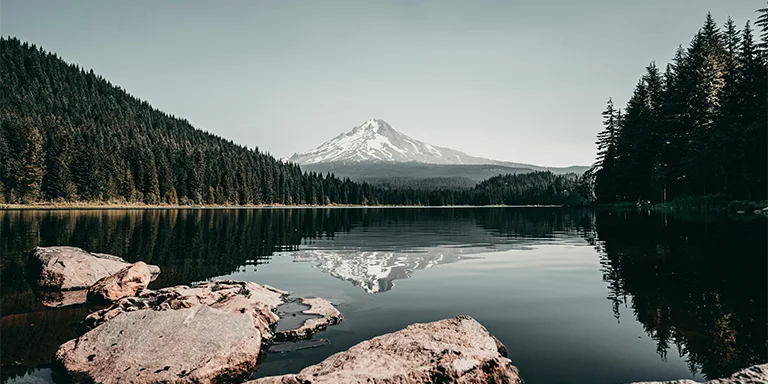
Length: 39.8 mi / 64 km
Type: Loop
Difficulty: Hard
Elevation Gain: 9852 ft / 3002 m
Location: Mount Hood National Forest
Estimated Hiking Calorie Burn: 7500 calories
More Details: See on AllTrails
The 39.8-mile Timberline Trail loop encircles Mount Hood, offering spectacular backpacking with challenging river crossings. This popular year-round route showcases alpine meadows, mountain views, and secluded forests. The terrain varies from mild to extremely difficult. Prepare for steep climbs, unfavorable weather, and potentially hazardous glacier-fed rivers. Proper planning and caution is essential. The payoff is immense – a sweeping journey around an iconic peak. Rewards include the breathtaking scenery of Elk Cove and Ramona Falls.

Rogue River and Rainie Falls Trail by Greg Shine
Length: 37.2 mi / 59.9 km
Type: Point to point
Difficulty: Hard
Elevation Gain: 4458 ft / 1359 m
Location: Wild Rogue Wilderness
Estimated Hiking Calorie Burn: 5350 calories
More Details: See on AllTrails
The 37-mile Rogue River Trail follows Oregon’s Wild and Scenic Rogue River from Grave Creek to Foster Bar. This moderate backpacking trail has opportunities for fishing, hiking, and camping. Highlights include the hike to Raney Falls, historic Whiskey Creek Cabin, and riverside lodges. Diverse ecosystems range from sheer cliffs to beaches and fern canyons. With salmon fishing, wilderness, waterfalls and canyon views, the trail showcases the Rogue’s natural splendor.
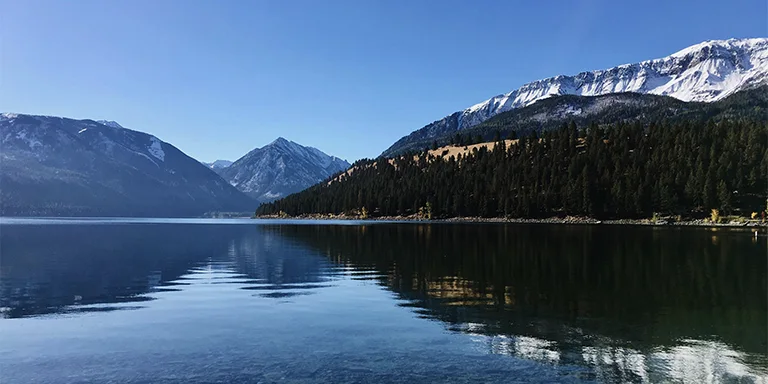
Length: 33.6 mi / 54 km
Type: Loop
Difficulty: Hard
Elevation Gain: 7060 ft / 2152 m
Location: Eagle Cap Wilderness
Estimated Hiking Calorie Burn: 5400 calories
More Details: See on AllTrails
This challenging 33.6-mile loop in the Eagle Cap Wilderness near Joseph, Oregon offers stunning alpine scenery. The trail’s highlights include turquoise alpine lakes, wildflower meadows, and mountain passes like Polaris Pass. Camping opportunities abound near the lakes. The best times for this hike are June through September, when wildflowers are in bloom and snow has melted out. Prepare for creek crossings without bridges. The reward is a spectacular tour of the Lakes Basin region of the Eagle Caps, with top-notch views, fishing, and solitude.
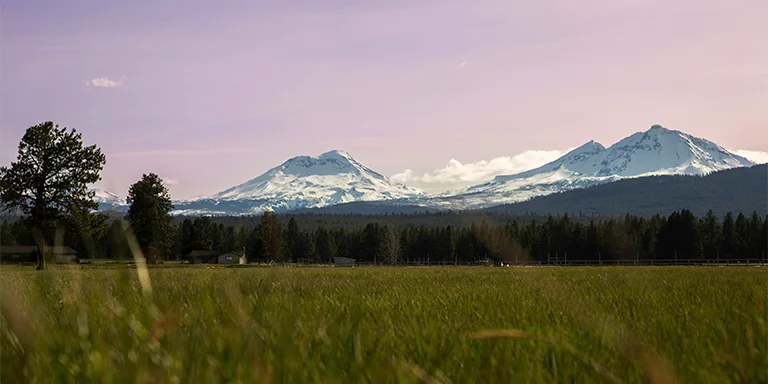
Length: 47.5 mi / 76.4 km
Type: Loop
Difficulty: Hard
Elevation Gain: 7034 ft / 2144 m
Location: Three Sisters Wilderness
Estimated Hiking Calorie Burn: 7100 calories
More Details: See on AllTrails
This challenging 47.5-mile loop circumnavigates the Three Sisters mountains near Bend. Starting at the Green Lakes Trailhead, it follows the Pacific Crest Trail around South Sister, Middle Sister, and North Sister with spectacular alpine scenery. Permits are required for overnight stays. Highlights include turquoise Green Lakes, Scott Pass, the volcanic LeConte Crater, and Moraine Lake. Prepare for difficult navigation due to extensive deadfall. The varied and stunning landscapes make this iconic Three Sisters backpacking loop unforgettable, but also very demanding. Proper planning and preparation is a must.
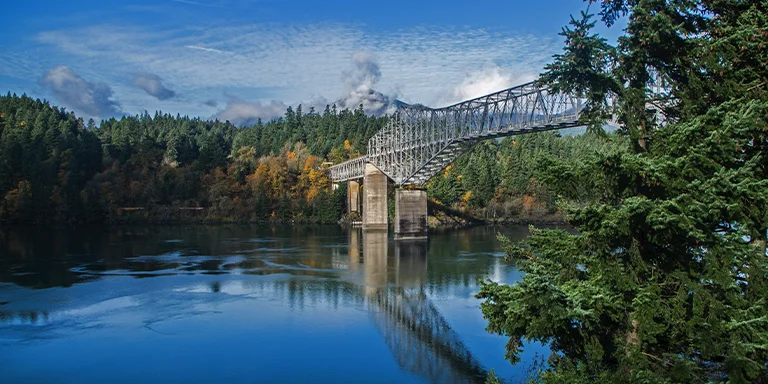
Length: 51.8 mi / 83.36 km
Type: Point to point
Difficulty: Hard
Elevation Gain: 8854 ft / 2699 m
Location: Mount Hood Wilderness
Estimated Hiking Calorie Burn: 8000 calories
More Details: See on AllTrails
This challenging 51.8-mile section of the Pacific Crest Trail traverses from Highway 35 to the Bridge of the Gods, showcasing the beauty of Mt. Hood and the Columbia River Gorge. Spectacular mountain views await on this rewarding multi-day hike. The route follows high alpine terrain around Mt. Hood, then descends through dense forests with pockets of gorgeous scenery. With some rugged sections and stretches without water, careful trip planning is essential. The payoff is a breathtaking journey on a renowned long-distance trail, immersed in the splendor of the Pacific Northwest.
Oregon’s weather is like a mood ring – it changes a lot based on where and when you are. If you’re up for some hiking or backpacking in Oregon, here’s the quick rundown:
Before you make your gear selection and head to the trailhead, take a look at the annual weather averages for Oregon (Salem):
| Jan | Feb | Mar | Apr | May | Jun | Jul | Aug | Sep | Oct | Nov | Dec | |
|---|---|---|---|---|---|---|---|---|---|---|---|---|
| High °F | 48 | 52 | 57 | 62 | 68 | 75 | 83 | 83 | 77 | 65 | 53 | 47 |
| Low °F | 36 | 37 | 40 | 42 | 47 | 51 | 55 | 55 | 51 | 45 | 41 | 36 |
| Rain/Snow (D*) | 15 | 14 | 15 | 12 | 9 | 6 | 2 | 2 | 5 | 10 | 17 | 16 |
Not sure if Oregon is right for you?
Don’t forget to check out our backpacking guides for Idaho and Washington.
When it comes to campfires in Oregon, the rules vary depending on the location. Generally, stick to established fire pits or grates in specific campgrounds or state/national forests – ground and beach fires are not allowed. Be sure to stay informed about any temporary bans during high fire danger periods by checking with local ranger stations or the Oregon Department of Forestry. If you’re heading into wilderness areas, be aware that fires are strictly prohibited.
When you’re out backpacking in Oregon, it’s crucial for backpackers to be bear-aware. Store all your food, garbage, and anything that smells interesting to bears in a bear-resistant container, and make sure it’s at least 100 feet away from your camp or stashed in a bear canister. Keep the surprise factor low by making some noise in blind spots – talk or clap in noisy areas from at least 50 yards away. And if you run into big mammals like deer, elk, moose, or mountain lions while backpacking, play it cool. Don’t try to make friends, feed them, or attempt any questionable petting sessions. Just back away slowly while keeping your eyes on them if they get too close.
Venture into Oregon’s majestic wilderness for an adventurous backpacking trip immersed in nature, but be sure to plan and prepare. Acquire a detailed trail map before following winding paths through towering forests, and inform others of your intended route. Pack brightly colored clothing, first-aid supplies, flashlights, whistles and bear-proof food canisters to stay safe. Watch your footing near rivers and streams, as the terrain can be rocky and slippery. Make noise to avoid surprising bears or other wildlife. Stay hydrated and focused to fully embrace Oregon’s natural splendor while keeping safety a priority. With adequate precautions taken, you can revel in the beauty of Oregon’s backcountry. Stay vigilant, be ready for the unexpected, and remember prudent planning prevents poor performance on a backpacking adventure in Oregon’s awe-inspiring natural settings.
Backpackers exploring Oregon’s diverse trail network will find diverse water sources, though some planning is required. While flowing creeks and rivers are often readily available near trails and campsites, their levels can fluctuate seasonally. Hikers should bring a filter or treatment to safely handle all water. In drier Eastern regions, careful route planning is needed as water may only be available every 10-15 miles. The state has over 200 tall waterfalls draining the Cascade Mountains which make for scenic exploration stops. To fully experience Oregon’s beautiful outdoors, backpackers must pack adequate water for long treks or rely on intermittent natural sources and plan their route accordingly.